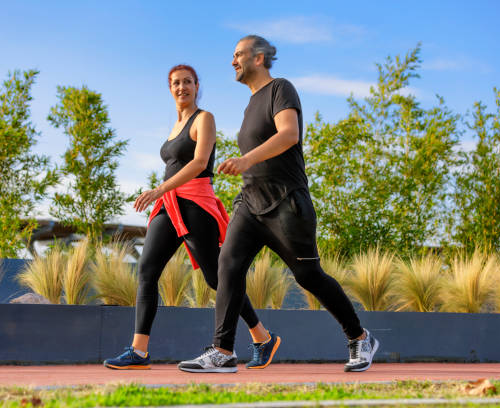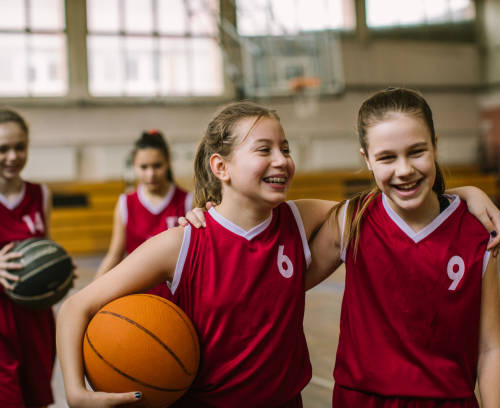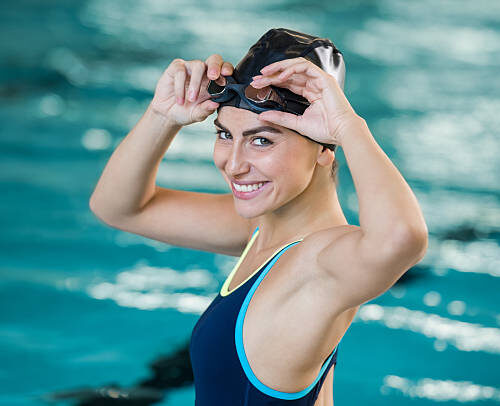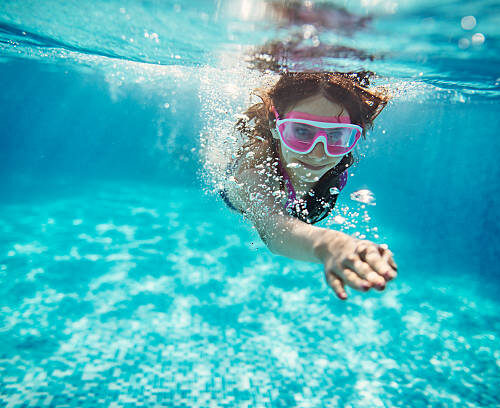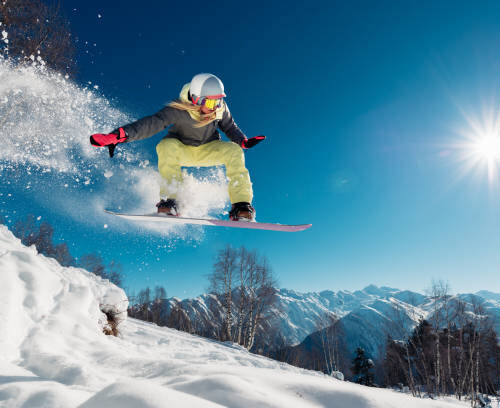Every year around this time, we tell you about the many benefits of winter sports. The skiing, the bottom or crossing, snowboarding are some activities that raise passion and practice to be fit and fun, despite the low temperatures.
What winter sports burn the most calories?
Although the burning of calories depends on sex, age and intensity of exercise, which makes the heart rate more or less high, in general, we can say that in an hour practising these winter sports these calories can be burned:
-Cross-country skiing: 800 calories per hour
-Running cold: 550 calories per hour
-Snowshoes: 500 calories per hour
-Snowboard: 470 calories per hour
-Alpine skiing: 400 calories per hour
-Ice skating: 380 calories per hour
Practice exercise, but with common sense
If we are fortunate enough to be able to practice any of these winter sports, we must do so with all the precautions, since when training in the cold we have a greater risk of injuring ourselves and, in addition, the air, the sun and low temperatures can harm us. Therefore, before putting on your skis, snowshoes or running through the snow to burn more calories, follow these recommendations.
Before training or playing a sport, warm-up
When it is cold and, above all, when we practice sports like skiing, we must spend time warming up. Both in skiing and snowboarding, the lower body is the part of our body that is most affected. At the muscular level, it is the glutes, quadriceps and calves that tend to be injured the most and if we talk about joints, the knee is the most prone to discomfort due to all the biomechanical load it supports.
When sliding, either on a board or skis, we keep our knees semi-flexed and an abdominal activation, which helps us maintain balance, for periods of time much longer than what our legs and body are used to on a daily basis.
For this reason, previously performing a specific lower limb exercise such as squats or lunges combined with core work, such as planks or bridge, will make these areas have an optimal tone to be able to perform sports activity, avoid injuries and have less fatigue the day after practice.
Protect your skin
The practice of sports in winter, especially in the snow, can affect the skin, since the cold and the wind can dry it out. Therefore, it is important to protect it by using moisturizing cream on the face, hands, elbows, knees and feet. And do not forget to always apply a suitable sunscreen for our skin type on all parts of the body that will be exposed. We have to pay special attention to the lips, since they become very dry in winter. To protect them, we must use a lip balm with sun protection.
Equip yourself well
Wear several layers of clothing, preferably thermal and not very tight clothing so as not to hinder circulation and maintain a constant body temperature. It is important to use appropriate footwear for the activity we are going to do (skiing, snowboarding, mountaineering, etc.).
Choose a suitable time
Choose the less cold hours: as in summer, sports are usually practised early or late in the day, in winter it is better to choose the central hours, since the temperatures will be milder. If your schedules allow it, do sports in the hours of the day when it is a little hotter and in which we can take advantage of the sun a little.
Bring water or other fluids and a kit
Remember to drink before you are thirsty, to avoid dehydration. And if you are practising intense exercise, you must ingest electrolyte-rich liquids to maintain your water balance. On the other hand, if you are going to go hiking in the mountains, do not forget to carry a small basic first-aid kit in your backpack with healing materials such as plasters, gauze, tape and disinfectants to treat possible small wounds and superficial cuts.



